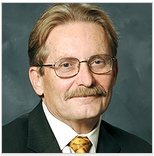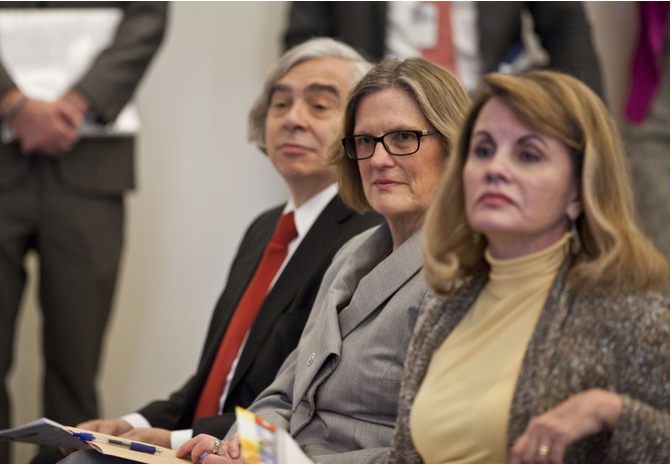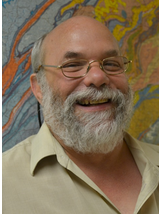With the school year starting for many this week, it’s another year of academia for professors across the United States – and another year of “frackademia” for an increasingly large swath of “frackademics” under federal law.
“Frackademia” is best defined as flawed but seemingly legitimate science and economic studies on the controversial oil and gas horizontal drilling process known as hydraulic fracturing (“fracking”), but done with industry funding and/or industry-tied academics (“frackademics”).
While the “frackademia” phenomenon has received much media coverage, a critical piece missing from the discussion is the role played by Section 999 of the Energy Policy Act of 2005. Although merely ten pages out of the massive 551-page bill, Section 999 created the U.S. Department of Energy-run Research Partnership to Secure Energy for America (RPSEA), a “non-profit corporation formed by a consortium of premier U.S. energy research universities, industry and independent research organizations.”
Under the Energy Policy Act of 2005, RPSEA receives $1 billion of funding – $100 million per year – between 2007 and 2016. On top of that, Section 999 creates an “Oil and Gas Lease Income” fund “from any Federal royalties, rents, and bonuses derived from Federal onshore and offshore oil and gas leases.” The federal government put $50 million in the latter pot to get the ball rolling.
The Energy Policy Act of 2005’s ”Halliburton Loophole” – which created an enforcement exemption from the Clean Water Act and the Safe Drinking Water Act for fracking, and made the chemicals found within fracking fluid a “trade secret” – is by far the bill’s most notorious legacy for close followers of fracking.
These provisions were helped along by then-Vice President Dick Cheney’s Energy Policy Task Force, which entailed countless meetings between Big Oil lobbyists and executives and members of President George W. Bush’s cabinet. Together, these lobbyists and appointees hammered out the details behind closed doors of what became the Energy Policy Act of 2005, a bill receiving a “yes” vote by then-U.S. Sen. Barack Obama.
Meanwhile, almost no focus – comparatively speaking – has gone into scrutinizing Section 999, which subsidizes biased pro-industry studies for a decade and in turn, further legitimizes unfettered fracking nationwide.
Speaking at an industry public relations conference in Houston, TX in 2011 – the same conference in which it was revealed the shale gas industry is using psychological warfare tactics on U.S. citizens and recommending the military’s “Counterinsurgency Field Manual” for “dealing with an insurgency” of Americans concerned about fracking – S. Dennis Holbrook of Independent Oil and Gas Association of New York stated that it’s crucial for industry to “seek out academic studies and champion with universities—because that again provides tremendous credibility to the overall process.”
Section 999: In Service to Big Oil
RPSEA‘s “FAQ” section makes its raison d’être crystal clear.
“The objective of RPSEA is to leverage research dollars along with the technical expertise and experience of RPSEA Members to conduct industry led research and development work to help commercialize domestic…Unconventional Onshore Hydrocarbon Resources,” RPSEA‘s website explains. “RPSEA will focus on innovative technologies to reduce the costs of production, expand and extend the nation’s hydrocarbon resource base…”
Membership in RPSEA costs between $1,000-$10,000 per year depending on the company size or if the member has non-profit tax status. Industry dues-paying members include ExxonMobil, Chesapeake Energy, Halliburton, BP, ConocoPhillips, Chevron, GE Oil and Gas, Encana, Statoil, Total, Cabot, BG Group, Devon, Anadarko and many others.
22 universities also pay RPSEA membership dues. They include University of Utah, University of Texas-Austin (a well-known “frackademia” hub), Ohio State University (another well-known “frackademia” hub), Colorado School of Mines, Louisiana State University, Oklahoma State University, Stanford University, West Virginia State University, Colorado State University and many others.
RPSEA‘s Board of Directors – whose members serve two-year terms – has representatives from the oil and gas industry consisting of GE Oil and Gas, ConocoPhillips, Chevron, Baker Hughes, Western Energy Alliance, Petrobas and Total. Its Unconventional Resources Program Advisory Committee features representatives from Devon Energy, Chesapeake Energy, BP, Southwestern Energy, Schlumberger and Baker Hughes.
The RPSEA Strategic Advisory Committee is more of the same: representatives from GE Oil and Gas, Gas Technology Institute and two “frackademics” from University of Southern California (Donald Paul) and Massachusetts Institute of Technology (Melanie Kenderdine), respectively.
Donald Paul serves as Executive Director of USC‘s Energy Institute, which oversaw the publishing of the “frackademia” study titled, “Powering California.” Paul retired in 2008 as Chevron’s vice president and chief technology officer.
USC‘s Donald Paul; Photo Credit: USC
“During his 33 year tenure at Chevron, he held a variety of positions in research and technology, exploration and production operations, and executive management, including service as president of Chevron’s Canadian subsidiary,” explains his USC biography. “He was extensively involved in forming external research and technology partnerships between Chevron and major universities, governments, and businesses.”
Tethered to Obama Secretary of Energy and “Frackademic” Ernest Moniz
RPSEA Advisory Committee member Melanie Kenderdine formerly served as Executive Director of MIT‘s Energy Initiative, a position she took over when her MIT colleague Ernest Moniz was named U.S. Secretary of Energy in 2013. The Energy Initiative is a who’s who of Big Oil powerhouses at the membership level and external advisory board level. Moniz formerly served on the RPSEA Board of Directors.
Moniz (L) and Kenderdine (R); Photo Credit: U.S. Department of Energy
Kenderdine now serves as one of Moniz’s top aides. While at MIT, she co-authored a key “frackademia” study titled, “The Future of Natural Gas” – funded by Chesapeake Energy front group American Clean Skies Foundation – with fellow MIT “frackademics” Moniz and John Deutch. Oklahoma Secretary of Energy Mike Ming – who sat on the Advisory Committee for the MIT study – is also on the RPSEA Advisory Committee.
MIT frackademic and former CIA Director John Deutch – who sits on the Board of Directors of gas export giant Cheniere Energy – served on the industry-stacked Fracking Subcommittee formed in May 2011 by then-Secretary Steven Chu. He was recently named to serve on Secretary Moniz’s Energy Advisory Committee alongside fellow Fracking Subcommittee member Daniel Yergin.
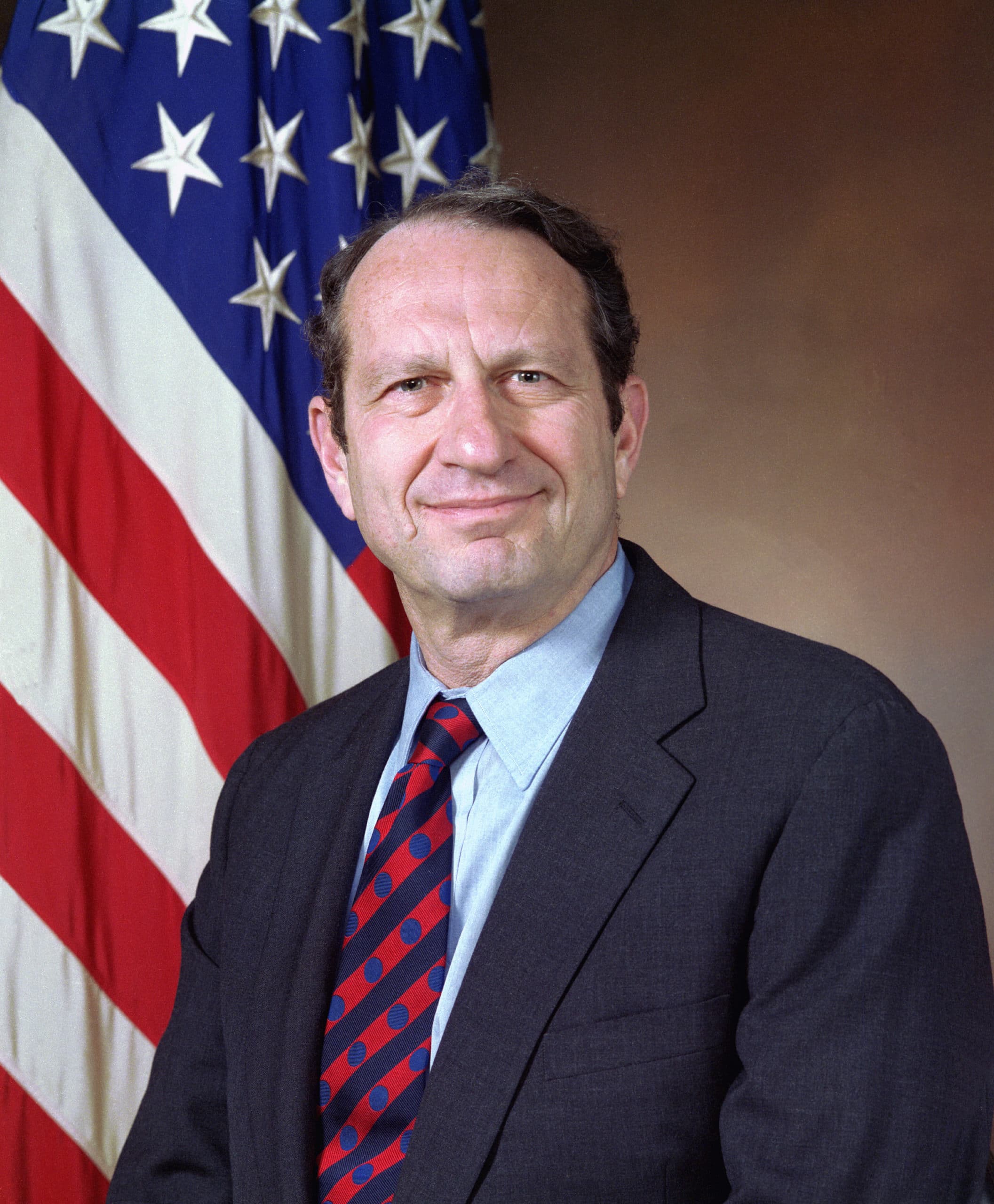
John Deutch; Photo Credit: Wikimedia Commons
Secretary Moniz recently named Paula Gant as his Deputy Assistant Secretary for oil and natural gas. Gant most recently served as the American Gas Association’s Senior Vice President for Policy and Planning.
RPSEA In-Action
Section 999 of the Energy Policy Action of 2005, under the auspices of RPSEA, has funded 23 unconventional oil and gas-related studies to-date.
In January 2013, University of Texas-Austin completed a RPSEA-funded study titled, “Evaluation of Fracture Systems and Stress Fields Within the Marcellus Shale and Utica Shale and Characterization of Associated Water-Disposal Reservoirs: Appalachian Basin.”
Four of the seven co-authors of the report – Diana Sava, Donald E. Wagner, Robert J. Graebner and lead investigator Bob A. Hardage – had oil and gas industry backgrounds before entering academia.
Another illustrative RPSEA-funded study is titled, “Geological Foundation for Production of Natural Gas from Diverse Shale Formations.” Published in July 2011, the study’s lead investigator and sole author is Jack C. Pashin. Pashin is both the Director of the Energy Investigations Program at the Geological Survey of Alabama and Devon Petroleum Corporation Chair of Basin Research at Oklahoma State University.
Jack C. Pashin; Photo Credit: Oklahoma State University
Yet another example: “Sustaining Fracture Area and Conductivity of Gas Shale Reservoirs for Enhancing Long-Term Production and Recovery,” a study co-published in May 2012 by a University of Texas A&M researcher and an employee of oil and gas services giant, Schlumberger.
On top of funding studies, RPSEA also endows fellowships and scholarships for researchers based at University of Michigan, University of California, Georgia Institute of Technology, Stanford University, New Mexico Institute of Mining and Technology and Georgia Institute of Technology, among other universities.
RPSEA also plays host to annual conferences. Kathryn “Katie” Klaber, the departing head of the Marcellus Shale Coalition gas lobbying powerhouse, was a featured speaker at RPSEA‘s 2012 annual conference held in the heart and soul of the Marcellus Shale basin: Canonsburg, Pennsylvania.
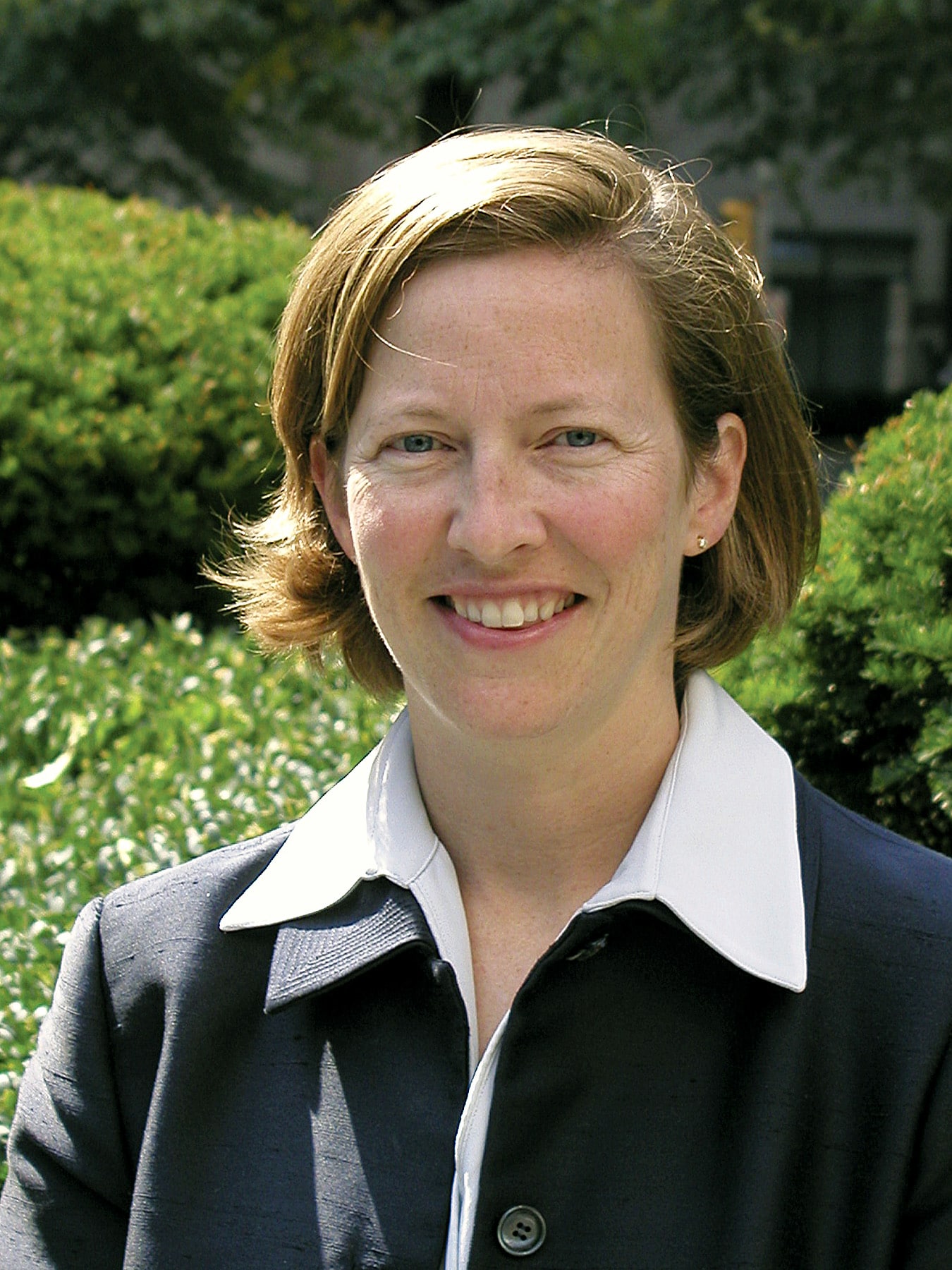
Kathryn “Katie” Klaber; Photo Credit: SourceWatch
The 2013 conference featured a presentation by one of the original “frackademics,” Pennsylvania State University’s Terry Engelder.
Attendees of the 2012 RPSEA conference included representatives from Range Resources, Chesapeake Energy, EQT Production, Chevron, Halliburton, Encana, BP, Baker Hughes and other industry giants. 2011 and 2010 saw similarly prolific guest lists, as did all other previous years dating back to 2006.
Earning an “F” for “Frackademia”
Section 999 of the Energy Policy Act of 2005 says the Secretary of Energy “shall carry out the activities under Section 999 to maximize the value of natural gas and other petroleum resources of the United States by increasing the supply of such resources.”
But for whose benefit? First and foremost, for Big Oil and its investors.
Some politicians have also found a way to enrich themselves, as well, via shrewd “shalesmanship.” Exhibit A: U.S. Rep. Ralph Hall (R-TX).
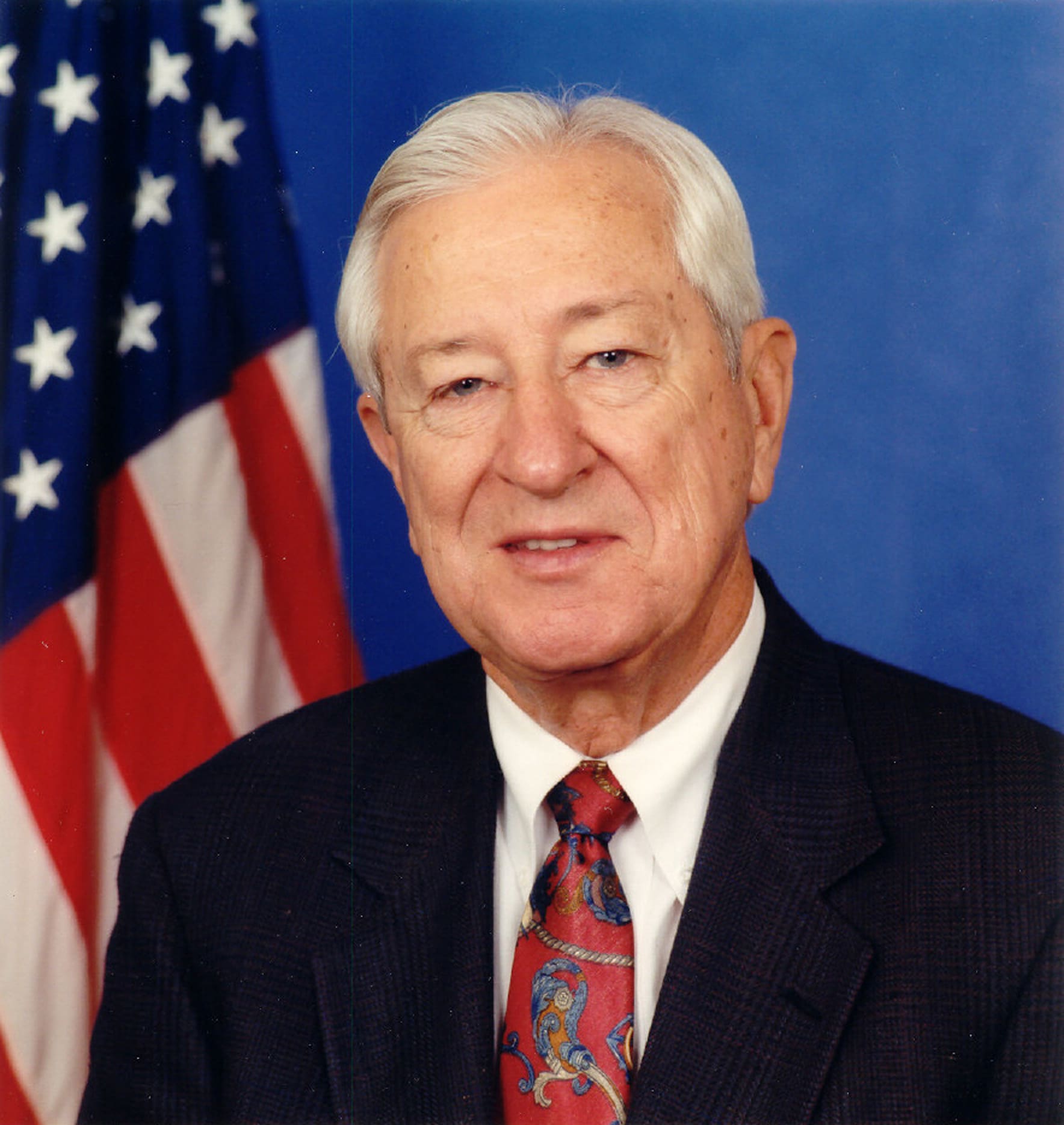
U.S. Rep. Ralph Hall (R-TXWikimedia Commons
“Since 2010, Hall has earned as much as $1 million from a company that holds mineral rights along the Barnett Shale,” explained the Sunlight Foundation in a March 2013 article. “The money was disclosed as dividends from a company called North & East Trading Co. (N&E).”
A September 2008 opinion piece written by Hall explains that he helped write Section 999, meaning he’s now pulling a personal profit from the same legislation he helped to author.
“This year marks the culmination of a legislative project I spearheaded in the House, creating an R&D program to recover oil and natural gas from ultra-deepwater and other onshore terrains,” he wrote. “This program was included in the Energy Policy Act of 2005 and is being carried out through the Research Partnership to Secure Energy for America (RPSEA).”
The mission statement laid out in Section 999 doesn’t allow for the dangers of fracking – ranging from groundwater contamination, to air contamination, to wastewater injection-caused earthquakes, to gas pipeline explosions, to climate change impacts of fracking – to be studied.
So, it’s an “A+” for the industry writing self-serving legislation. And an “F” for both “frackademia by law” and to denote the failure to protect citizens from the negative impacts that unconventional oil and gas drilling will have for human health and ecosystems now and well into the future.
Photo Credit: ShutterStock | Mariusz Szczygiel
Subscribe to our newsletter
Stay up to date with DeSmog news and alerts



